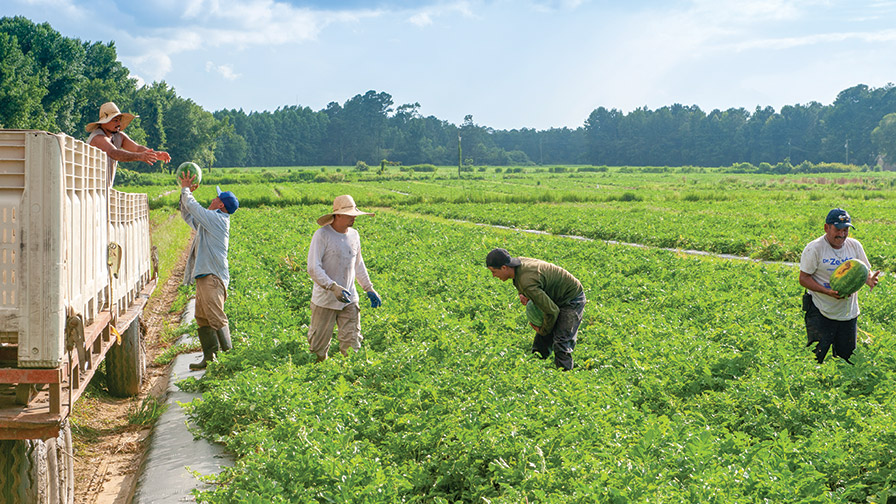
This article originally appeared on GrowingProduce.com. Read the original version here.
By Lisa K. Johnson | Rebecca Dunning
A good maxim for any business is “measure-to-manage” (i.e., if you can measure it, you can manage it). And growers typically embrace it.
Yet there’s one area long overdue for measuring: how many fruits and vegetables remain in the field after the last harvest.
Why measure crops you’ve already decided aren’t worth harvesting?
We can give you one good reason. Our team learned several leftover crops on North Carolina farms were of high enough quality to sell profitably. On the flip side, we also learned some crops wouldn’t justify the cost of sending the harvest crews back in.
But the only way to know if another pass at your field really will be profitable is to know what you have. In other words, to measure.
In addition to potential sales, measurement can inform other strategies:
Spacing plantings a few more days apart so that fields can be harvested again.
Planting less acreage in order to reduce land and chemical use but still harvest the same amount.
Training harvest labor to take more time in the field to ensure that less produce is missed.
Contacting gleaning organizations to take advantage of the remainder.
Growers often diversify to reduce uncertainty. The strategy of measuring to manage produce still in the field may provide one more tool to mitigate risk as the season progresses.
Take a look at the step-by-step instructions we developed (in the box, right) to help you assess if it’s worth adding one more harvest at the end of the season.
How to Know What Is Left After Harvest
- Finding out what is left in the field is simple and straightforward. It’s similar to measuring harvest potential, but the measurement is taken when the crop is winding down rather than ramping up.
- Identify rows at random throughout the field and mark desired lengths, such as 25 feet or 50 feet on each row.
- Harvest everything that remains on the plants.
- Sort the harvest for quality. Growers use a range of terms to refer to crops left in the field, such as surplus, ugly, culls, or seconds. For measurement purposes, it is helpful to categorize volume using categories that align with available markets. For example, we found these categories useful:
– Marketable: First- and second-tier product that could be sold on the wholesale market.
– Edible: Out-of-spec product that could be sold for processing.
– Inedible: Cannot be sold. - Weigh and record the samples.

